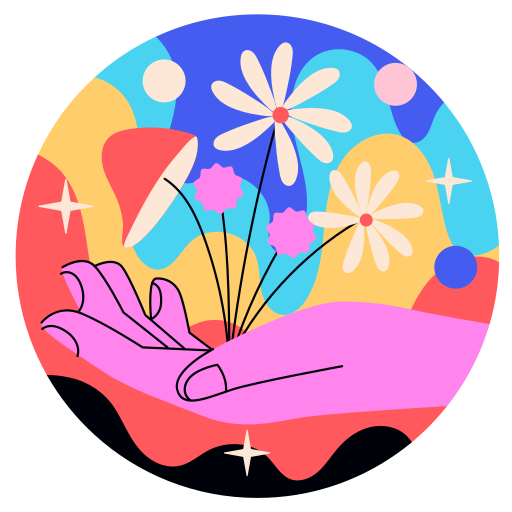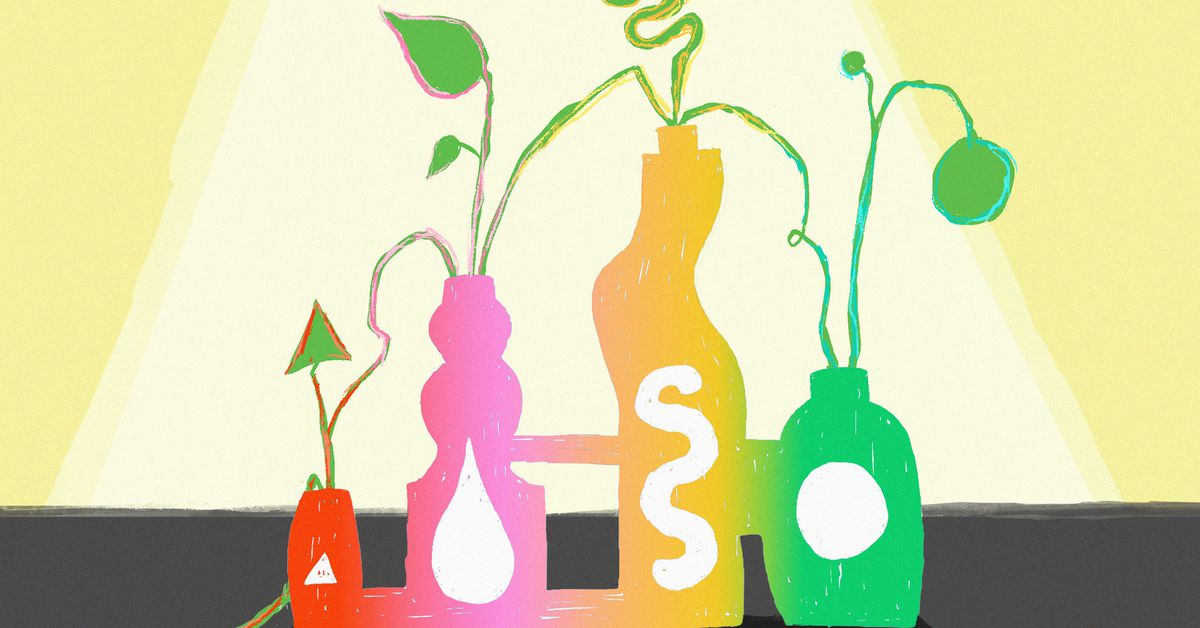- cross-posted to:
- botany
- hackernews@derp.foo
- cross-posted to:
- botany
- hackernews@derp.foo
This is the best summary I could come up with:
Since then, Gianoli’s research has shown that B. trifoliolata, native to southern South America, can mimic the leaf shape, size, and even color of more than a dozen plants.
On one side are mainstream botanists, whose work is rooted in rigorous, repeatable studies, and on the other is a small group of researchers who believe plants share a number of attributes with animals, including humans.
“I am very skeptical of this work, to say the least,” said Lincoln Taiz, a professor emeritus at the University of California Santa Cruz and co-editor of the textbook Plant Physiology and Development.
There’s also no clear evidence of synapses in plant cells, according to a recent review he co-authored, which includes several other reasons why such a brain-like structure couldn’t exist.
You can think of plants as mini ecosystems that harbor a wide diversity of microbial life, not unlike an old tree in a forest that’s home to monkeys and lizards and bugs.
Remarkably, research suggests that microbes can even control which genes in a plant’s DNA are turned on, in some cases helping them survive in harsh conditions, such as salty soil.
The original article contains 2,300 words, the summary contains 189 words. Saved 92%. I’m a bot and I’m open source!
That’s a terrible summary.



